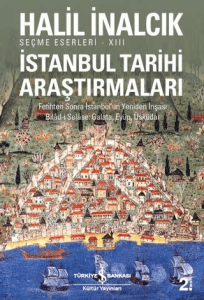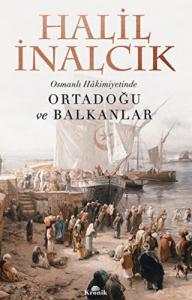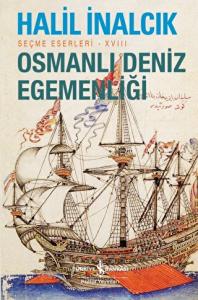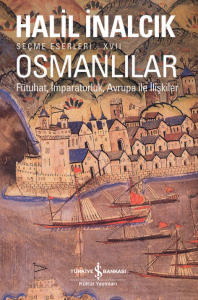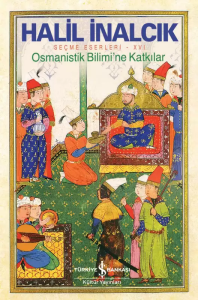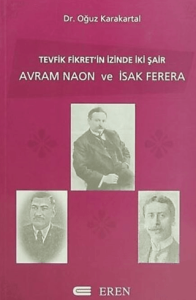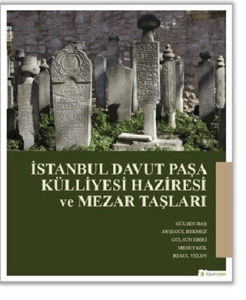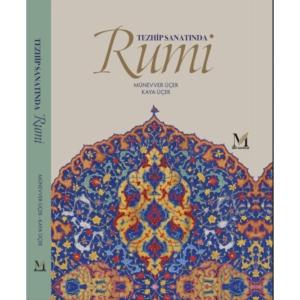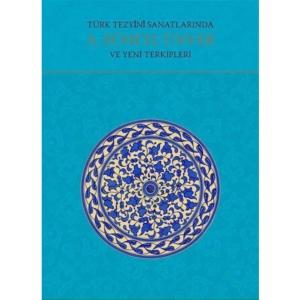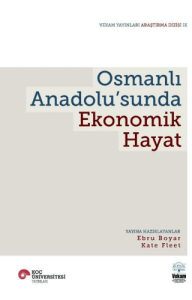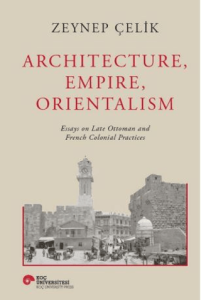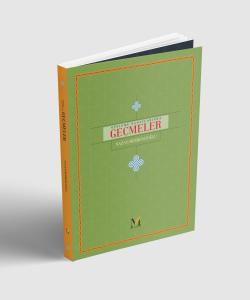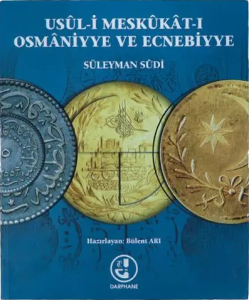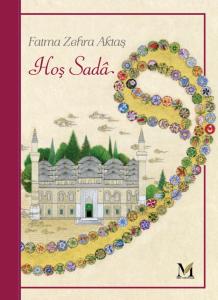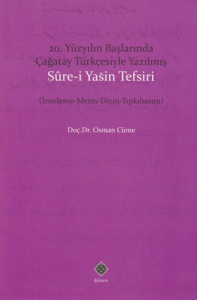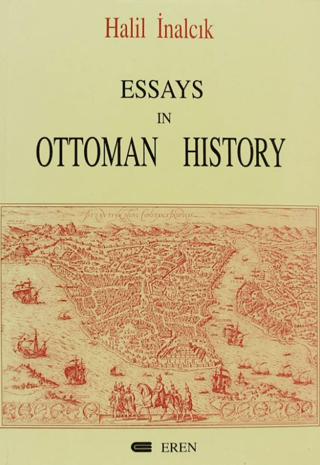
In this volume are collected papers published between 1960 and 1994, dealing with early Ottoman history and historiography, and Ottoman urban and legal history.
In Article (-1 an attempt is made to ascertain periods in Ottoman history. After a brief review of the ideas of Ottoman historians themselves on this theme, the article proposes a division on the basis of an analytical approach.
Article 1-2 is an essay examining the life and work of the most important Ottoman chronicler of the first two centuries of Ottoman history.
In Article II-1 the Greek and Ottoman accounts of 'Osman's siege of Nicaea and the ensuing battle of Bapheus are analyzed comparatively. Although totally ignored or misinterpreted by historians this event is the most important in early Ottoman history, clearly responsible for Osman's appearance as a charismatic leader in the Bithynia frontier region and for the foundation of the Ottoman dynasty.
In Article II-2 a detailed critical review is made of Franz Babin-ger's book, Mehmed der Eroberer und seine Zeit, Weltenstürmer einer Zeitenwende, considered as the definitive account of the Conqueror's history. In this review the important sources neglected by the author are noted, his interpretations discussed and mistakes in chronology shown,
In Article IÏ-3 the decision-making process in Ottoman government meetings as well as the ruler's actual position in the process arc discussed.
In Article II-4 kadi-ship, the paramount institution in the Ottoman administration system, is examined in its various aspects including ranks and the procedure of assignments as well as conflicts within the group.
Article II-5 asks the question why, during Süleyman I's reign, an attempt was made to reinterpret and adjust Ottoman laws on land holding and taxation to the shar'i principles established by the authoritative jurists of the second century of Islam.
Article II-6 is an inquiry on the basis of an official report of the malpractice's committed by the defterdar of Syria.
Article II-7 reexamines the theory that under the Ottomans the Greek Orthodox Patriarch enjoyed an autonomous position, representing the Greek nation with full religious, judicial and administrative powers.
Article III-1 is a brief essay on the islamization of the Turks in general, and on Islam in Asia Minor in particular.
Article III-2 is an attempt to show what measures Mehmed the Conqueror took to rebuild the conquered city of Constantinople and whether or not the typical Islamic city had a ground plan with well-defined urban sections determined by Islamic concepts and traditions.
In Article III-3, first with an analysis of the ahdname, the document of the surrender of Genoese Galata to the Ottoman state, misinterpretations made on (he nature of this act by western historians are corrected. In the second part of the paper the process by which the Genoese city was transformed into an Ottoman one is discussed, mainly on the basis of the original Ottoman documents.
Article III-4 describes, on the basis of the archival documentation, the important roles the Greek subjects of the Sultan played in the economy and finances of the empire.
In Article III-5 a detailed investigation is made of the origin and organization of a group called 'Arab boghurdjular', Arab camel drivers, in western Anatolia.
Article III-6 examines, again in light of the Ottoman archival materials, how and exactly when the Ottomans established complete control of the Straits and the Black Sea traffic.
In this volume are collected papers published between 1960 and 1994, dealing with early Ottoman history and historiography, and Ottoman urban and legal history.
In Article (-1 an attempt is made to ascertain periods in Ottoman history. After a brief review of the ideas of Ottoman historians themselves on this theme, the article proposes a division on the basis of an analytical approach.
Article 1-2 is an essay examining the life and work of the most important Ottoman chronicler of the first two centuries of Ottoman history.
In Article II-1 the Greek and Ottoman accounts of 'Osman's siege of Nicaea and the ensuing battle of Bapheus are analyzed comparatively. Although totally ignored or misinterpreted by historians this event is the most important in early Ottoman history, clearly responsible for Osman's appearance as a charismatic leader in the Bithynia frontier region and for the foundation of the Ottoman dynasty.
In Article II-2 a detailed critical review is made of Franz Babin-ger's book, Mehmed der Eroberer und seine Zeit, Weltenstürmer einer Zeitenwende, considered as the definitive account of the Conqueror's history. In this review the important sources neglected by the author are noted, his interpretations discussed and mistakes in chronology shown,
In Article IÏ-3 the decision-making process in Ottoman government meetings as well as the ruler's actual position in the process arc discussed.
In Article II-4 kadi-ship, the paramount institution in the Ottoman administration system, is examined in its various aspects including ranks and the procedure of assignments as well as conflicts within the group.
Article II-5 asks the question why, during Süleyman I's reign, an attempt was made to reinterpret and adjust Ottoman laws on land holding and taxation to the shar'i principles established by the authoritative jurists of the second century of Islam.
Article II-6 is an inquiry on the basis of an official report of the malpractice's committed by the defterdar of Syria.
Article II-7 reexamines the theory that under the Ottomans the Greek Orthodox Patriarch enjoyed an autonomous position, representing the Greek nation with full religious, judicial and administrative powers.
Article III-1 is a brief essay on the islamization of the Turks in general, and on Islam in Asia Minor in particular.
Article III-2 is an attempt to show what measures Mehmed the Conqueror took to rebuild the conquered city of Constantinople and whether or not the typical Islamic city had a ground plan with well-defined urban sections determined by Islamic concepts and traditions.
In Article III-3, first with an analysis of the ahdname, the document of the surrender of Genoese Galata to the Ottoman state, misinterpretations made on (he nature of this act by western historians are corrected. In the second part of the paper the process by which the Genoese city was transformed into an Ottoman one is discussed, mainly on the basis of the original Ottoman documents.
Article III-4 describes, on the basis of the archival documentation, the important roles the Greek subjects of the Sultan played in the economy and finances of the empire.
In Article III-5 a detailed investigation is made of the origin and organization of a group called 'Arab boghurdjular', Arab camel drivers, in western Anatolia.
Article III-6 examines, again in light of the Ottoman archival materials, how and exactly when the Ottomans established complete control of the Straits and the Black Sea traffic.

